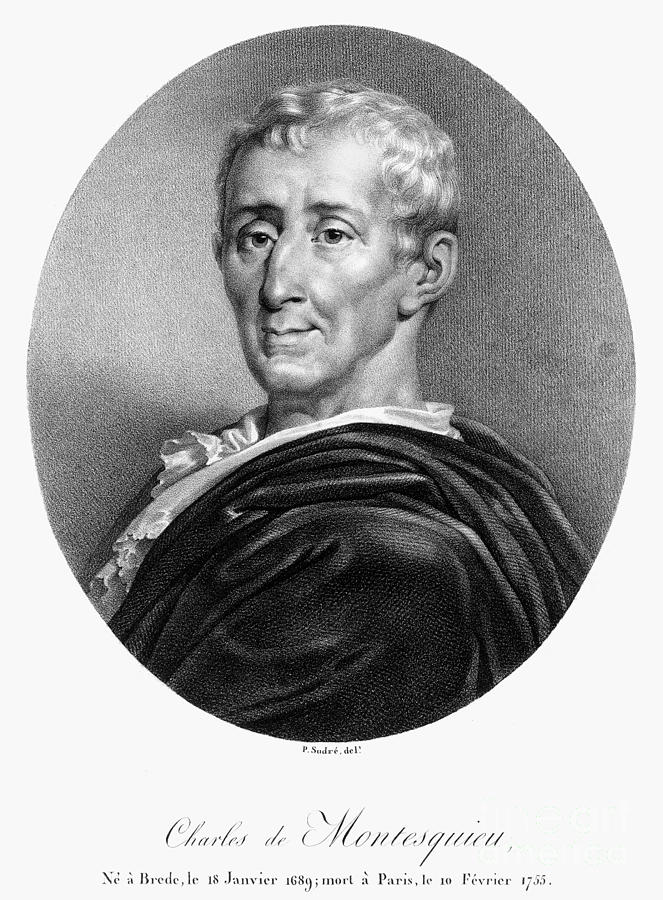The Constitutional Convention was originally only authorized the strengthen the Articles of Confederation, in particular, to give the central government the power to tax and regulate foreign trade. Instead, the Virginia delegates met before the Convention and developed the Virginia Plan, a whole new system of government that was ultimately adopted and became -- in extremely modified form -- the U.S. Constitution. That Plan is generally considered to have been primarily the work of James Madison, but his fellow Virginian Edmund Randolph introduced it, and the plan was treated throughout the convention as Randolph's plan.
The Virginians saw only one solution to the young country's problems -- to abandon the old confederated system in favor of what is now called federalism -- a system in which both the central and local governments are independently chartered, and each exercises direct authority over individuals, including the authority to collect taxes, raise armies, and try offenders against federal (but not state) laws. Direct authority over the individual was proposed immediately and not much disputed among the delegates, which obscures just how sharp a break it was from any previous "federated" system. As Alexis de Tocqueville put it in the early 19th Century:
In all the confederations that preceded the American Union the federal government, in order to provide for its wants, had to apply to the separate governments; and if what it prescribed was disagreeable to any one of them, means were found to evade its claims. If it was powerful, it then had recourse to arms; if it was weak, it connived at the resistance which the law of the union, its sovereign, met with, and did nothing, under the plea of inability. . . . In America the subjects of the Union are not states, but private citizens: the national government levies a tax, not upon the state of Massachusetts, but upon each inhabitant of Massachusetts. The old confederate governments presided over communities, but that of the Union presides over individuals. Its force is not borrowed, but self-derived; and it is served by its own civil and military officers, its own army, and its own courts of justice.Other delegates, who considered the Virginia Plan too centralized, proposed their rival New Jersey Plan, introduced by William Paterson of New Jersey, which proposed merely to strengthen the Articles of Confederation, rather than introduce a new form of government.
The differences between the Articles of Confederation, the Virginia Plan and the New Jersey Plan were as follows:
|
Articles of Confederation
|
Virginia Plan
|
New Jersey Plan
|
|
Unicameral legislature
|
Bicameral legislature
|
Unicameral legislature
|
|
Each state has one vote
|
Representation in both houses apportioned by free population or by
quota of contribution
|
Each state has one vote
|
|
Delegates elected by the state legislatures
|
Lower house elected by the people; upper house elected by the lower
house
|
Delegates elected by the state legislatures
|
|
Federal government limited to foreign and military matters, coining a
common currency, and resolving border disputes among the states. Money and troops raised by the states
|
Federal government to have power to legislate “in all cases to which
the separate states are incompetent, or in which the harmony of the United
States may be interrupted by the exercise of individual legislation”
|
Adds to federal government the power to regulate foreign and
interstate trade, tax imports, make a stamp tax, collect taxes if states fail
to pay their quotas, and establish a uniform system of naturalization
|
|
All state bound by federal statutes and treaties, but federal
government has no enforcement power
|
Congress may veto all state laws contrary to federal law
|
Federal law to be supreme, anything in state law
notwithstanding. Federal government
authorized to use force against state that defy federal law.
|
|
No federal executive. All
enforcement powers rest with the states
|
Federal executive elected by the legislature
|
Federal executive elected by the legislature
|
|
All alterations must be approved by all 13 states
|
Some system of amendment called for
|
Some system of amendment called for
|




